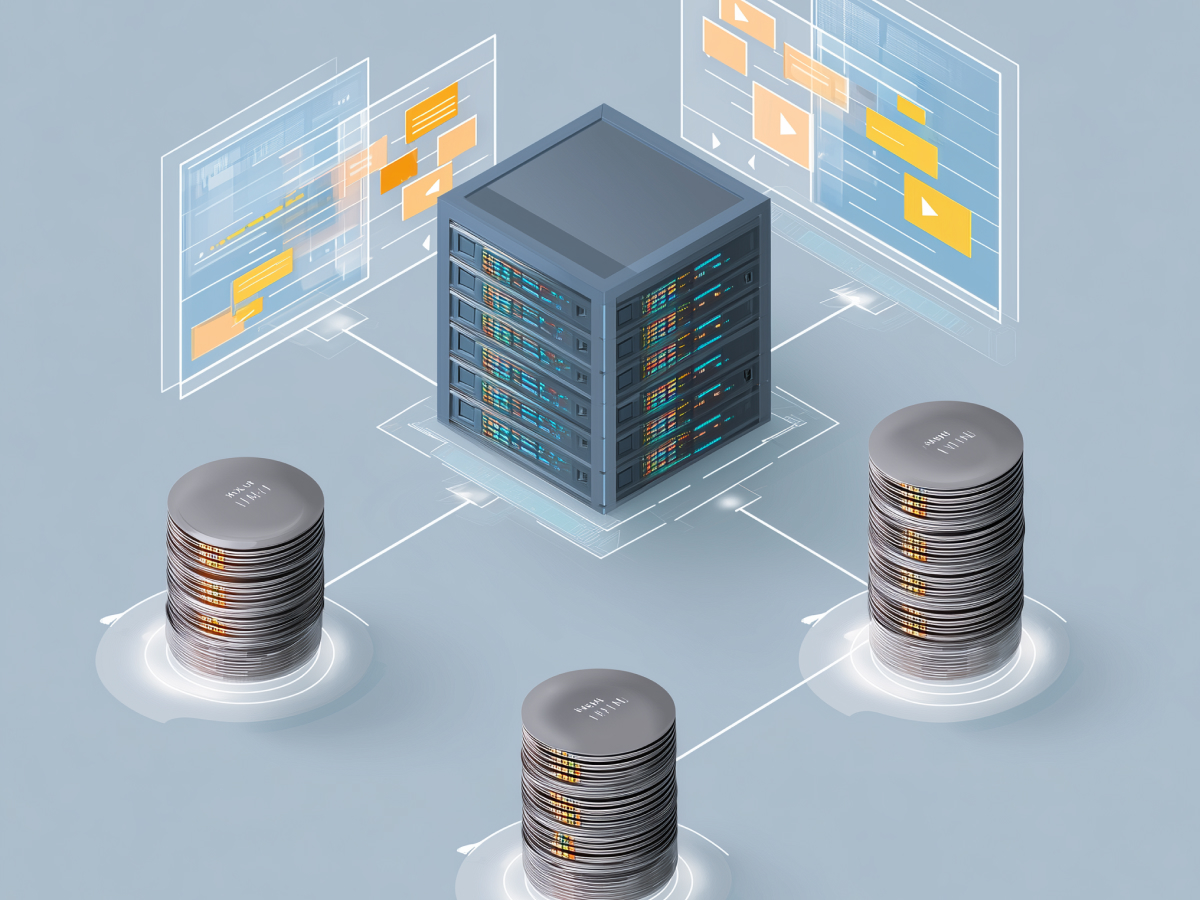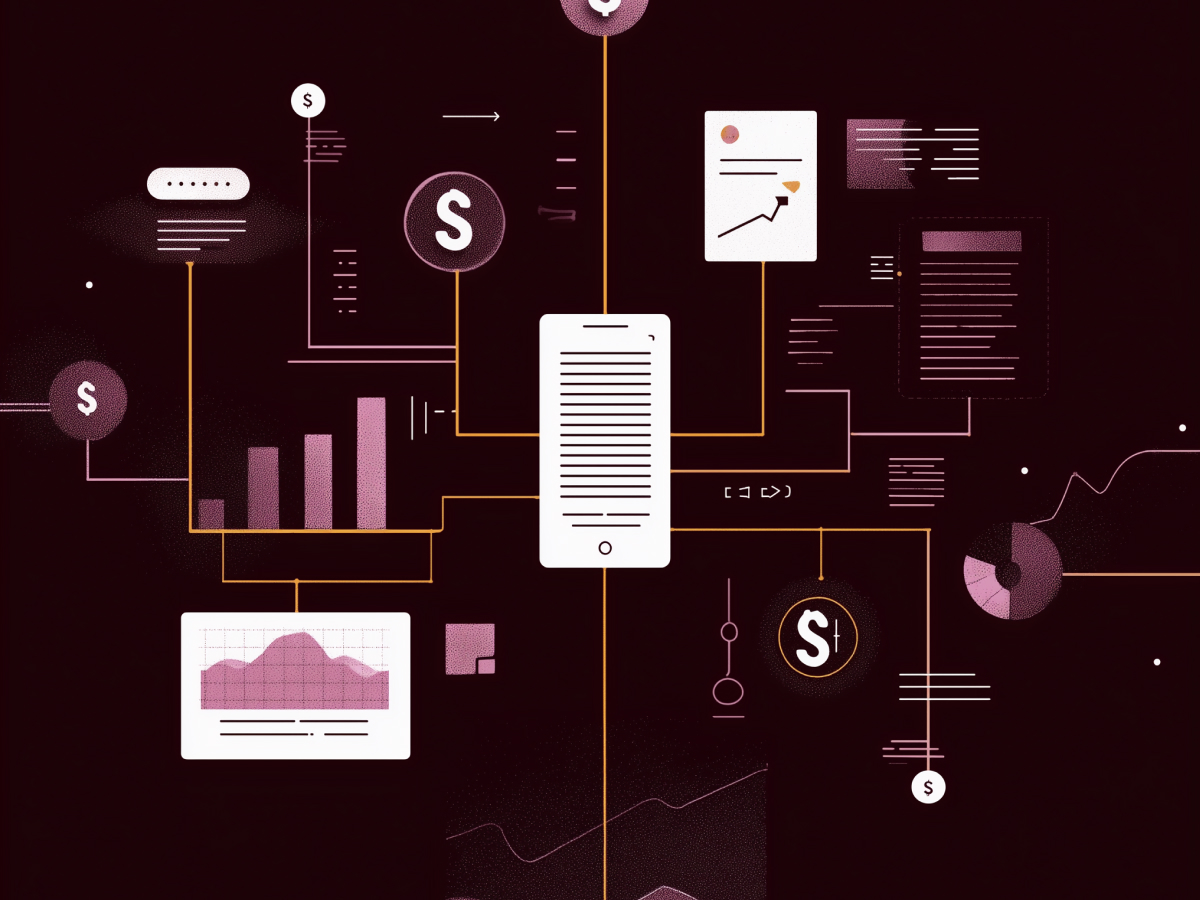Modern retail faces a dramatically transformed cybersecurity challenge. No longer confined to traditional data breaches, cyber threats now encompass more sophisticated and far-reaching attacks, demanding an immediate reevaluation of security measures to protect customer data and the very operational fabric of retail businesses.
Evolution from data breaches to ransomware attacks
In the past, data breaches represented the primary concern for retailers. Hackers sought to steal sensitive customer information such as names, addresses, and credit card numbers. The black market for this data thrived, with stolen identities and payment information fetching high prices.
The consequences of these breaches were severe: financial losses from fraudulent transactions, costly legal ramifications, and a major erosion of customer trust. Rebuilding this trust took considerable time and effort, often involving extensive public relations campaigns and improved security measures to reassure customers.
Ransomware can cripple your business
Ransomware has shown itself to be a primary threat, targeting entire retail systems rather than just data. The objective is to shut down operations completely until a ransom is paid, acting as a digital padlock, rendering critical systems inaccessible and holding them hostage.
According to a 2023 Sophos survey, 66% of companies experienced ransomware attacks in the past year, and 84% of those affected reported business losses.
VF Corp, the parent company of brands like The North Face, Timberland, and Vans, faced a major ransomware attack in December—freezing their operations, disrupting the entire supply chain and halting order processing. The attack occurred during a peak shopping period, which amplified its impact on sales and customer satisfaction.
How ransomware is getting smarter and more dangerous
Cybercriminals have begun targeting the intricate logistics networks that underpin retail operations, attacking logistics providers, shipping systems, and manufacturers to disrupt entire supply chains.
Consider this hypothetical example: Imagine RetailCo, a retailer relying solely on FastShip for all deliveries. A ransomware attack on FastShip’s systems would halt RetailCo’s order processing, leading to major delays and unfulfilled orders, triggering a domino effect, frustrating customers and damaging RetailCo’s reputation. It’s clear that the vulnerability of relying too heavily on a single service provider for critical operations must prompt businesses to take decisive action as early on as possible.
Facing the full spectrum of cyber threats
Retailers must now defend against multiple sophisticated attack methods that can disrupt operations and compromise customer data.
POS system hacks: Stealing customer data right at checkout
Point-of-Sale (POS) systems are a prime target for cybercriminals. Attackers install malware on these systems to steal customer payment information directly at the checkout point. This type of infiltration is particularly insidious because it compromises the integrity of transactions at the very moment they occur.
Supply chain attacks: A threat to retail continuity
Supply chain disruptions caused by cyberattacks on suppliers or manufacturers can lead to stockouts and delays. Such interruptions affect inventory levels and impact the retailer’s ability to meet customer demand, especially during peak shopping periods. Ensuring a steady flow of goods is a must, and any disruption can have cascading effects on sales and customer satisfaction.
DoS attacks: Bringing down your online store in peak times
Denial-of-Service (DoS) attacks are designed to overwhelm a retailer’s website or online store, making it inaccessible to customers. These attacks are particularly damaging during peak shopping periods, such as holiday seasons or major sales events, when online traffic is at its highest.
DoS attacks render websites unusable, directly impacting sales and driving customers to competitors, resulting in potentially major financial losses.
Building a strong defense against cyber threats
To combat evolving threats, retailers must adopt a comprehensive and proactive cybersecurity strategy, including regular system audits, employee training, comprehensive backup systems, and cybersecurity insurance.
Diversifying service providers and implementing advanced security solutions are also critical in building a resilient defense system capable of withstanding sophisticated cyberattacks. Retailers must stay vigilant and continuously improve their cybersecurity measures if they are to adequately protect their operations and maintain customer trust.
4 expert strategies for defense and building resilience
To counter these multifaceted threats in retail, a comprehensive defense and resilience-building strategy is a must-have. This typically involves implementing advanced security measures while preparing for potential breaches with well-defined recovery plans.
1. Regular system checks and strong access controls as a first line of defense
Regular system audits and strong access controls are core to accurately identifying and mitigating vulnerabilities. Conducting frequent audits helps uncover security weaknesses before they can be exploited.
Implementing multi-factor authentication (MFA) makes sure that access to sensitive systems requires more than just a password, greatly reducing the risk of unauthorized entry—helping create a proactive defense that makes it far harder for cybercriminals to penetrate systems.
2. Employee education: Turning your staff into cybersecurity assets
Employees are often the first line of defense against cyber threats. Educating them on social engineering tactics and best cybersecurity practices can prevent them from becoming entry points for attackers.
Training programs should cover phishing awareness, password management, and secure handling of sensitive information. Businesses must foster a culture of cybersecurity awareness, to help their employees to act as vigilant defenders against cyber threats.
3. Dependable backups: A safety net in a cyber crisis
Reliable, up-to-date offline backups are highly important for quick system restoration in the event of an attack. Storing backups offline minimizes the risk of them being compromised alongside primary systems.
Regularly testing these backups makes sure they are functional and can be relied upon during a crisis, providing a critical safety net for businesses to restore operations swiftly without yielding to ransom demands.
4. Cyber insurance: Financial protection against cyber extortion
Cybersecurity insurance provides a financial safety net in case of an attack, covering costs associated with ransom payments, data recovery, and forensic investigations. While not a substitute for expert security measures, insurance can limit the financial impact of a cyberattack, helping businesses recover faster and with less strain on their limited resources.
Diversify to survive: Strengthening retail cyber defense
Diversification across systems and services is key to building resilience against cyber threats. Retailers must not rely on a single point of failure if they are to reduce the risk of widespread disruption.
Unified platforms and seamless integrations
- Offering multiple payment methods to keep sales flowing: Retailers should implement many different payment gateways, including digital wallets like Apple Pay and Google Pay, traditional credit card processing, and buy-now-pay-later options. Diversification makes sure that if one payment system is compromised, others remain operational, maintaining sales flow and customer satisfaction.
- Smooth integrations with vendors for business continuity: APIs facilitate smooth integration with different shipping and insurance partners. Standardizing these protocols allows for easy onboarding and management of multiple vendors, for quick switches if a cyberattack disrupts service; this agility then minimizes downtime and maintains business continuity.
- Cryptocurrency payments: Accepting cryptocurrency payments can bypass vulnerable centralized systems, letting retailers continue transactions even if traditional payment channels are compromised, but requires careful consideration of risks such as price volatility and regulatory challenges. Retailers must weigh the potential benefits against these risks before implementation.
Leverage the cloud for end-to-end protection
Cloud-based security solutions typically offer end-to-end infrastructure, real-time threat protection, scalability, and centralized management. Cloud providers invest heavily in security, staying ahead of evolving threats. Adopting cloud-based solutions can simplify security operations, providing a scalable and centralized approach to managing security across the organization.
Creating an incident response plan
A well-defined incident response plan outlines roles, responsibilities, communication protocols, and recovery procedures. Regularly updating and testing this plan makes sure it stays effective over time and highly responsive to new threats. Businesses must be prepared if they are to react swiftly and accurately to cyberattacks, minimizing damage and downtime.
The building blocks of a multi-layered cyber defense
Implementing a multi-layered cybersecurity strategy provides comprehensive protection against the varied and sophisticated threats retailers typically face today.
- Fortifying your internal systems: Strong internal security practices, including regular system audits, robust access controls, employee training, and dependable backups, form the core of a secure environment—which work together to create a resilient defense against internal and external threats.
- Reducing risk with diversified essential services: Using multiple vendors for payment processing, shipping, and other critical services reduces reliance on any single provider. Diversification decreases the risk of a single point of failure so that operations can continue even if one service is compromised.
- Investing in cutting-edge security tech: Advanced security solutions, such as cloud-based tools and threat intelligence services, offer real-time protection and early warnings against emerging threats, helping retailers stay ahead of cybercriminals and protect their operations more competently.
- Quick and effective responses to minimize cyberattack damage: Proactive incident response planning involves creating clear, actionable plans for addressing cyberattacks quickly and effectively. Regular testing and updates makes sure that these plans are relevant and practical, letting businesses better minimize damage and recover swiftly from attacks.
Final thoughts
As you reflect on your brand’s current cybersecurity posture, ask yourself: Are you truly prepared for this next wave of sophisticated cyber threats? It’s time to rethink your strategies, diversify your defenses, and adopt a multi-layered approach.
Forward-thinking businesses must develop and implement proactive measures today if they are to secure operations and maintain customer trust tomorrow. Can your brand afford to ignore these evolving cyber threats? Take action now to boost resilience and thrive in an increasingly digital world.




